


xxxxxThe Frenchman Charles François Gounod is best known today as the composer of the opera Faust, based on the play by the German poet and dramatist Johann Wolfgang Goethe and first performed in Paris in 1859. He studied music at the Paris Conservatoire and then in Rome, and turned to composing opera in 1852. Apart from Faust, which became a huge success, his operas Le Médecin Malgré Lui, Mireille and Romeo and Juliette were quite well received. He also wrote a great deal of sacred music, including his Solemn Mass of 1849, his oratorios Redemption and Life and Death, and his Ave Maria, a meditation based on a prelude by the German composer Johann Sebastian Bach. His lamentation Gallia was composed following the French defeat in the Franco-
CHARLES FRANÇOIS GOUNOD 1818 -
Acknowledgements
Gounod: portrait by the French painter Charles-
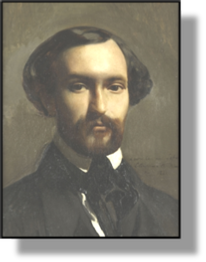 xxxxxThe Frenchman Charles-
xxxxxThe Frenchman Charles-
xxxxxGounod was born in Paris and received his early musical training from his mother, a competent pianist. He attended the Lycée Saint-
xxxxxOnce back in Paris he decided to become a priest, and for the next two years gave much of his spare time over to the study of theology while working as organist and choirmaster at the Church of the Missions Étrangères. In 1846 he entered the seminary of Saint-
xxxxxHis first attempts, Sapho, performed in 1851, and La Nonne sanglante (The Bloody Nun), three years later, were not well received, and his Messe de Sainte-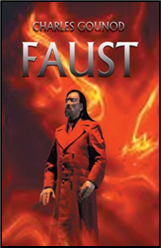 ork, as well as an increasing amount of Church music.
ork, as well as an increasing amount of Church music.
xxxxxGounod began working on Faust in 1852, based on the poetic tragedy of that name by the German poet and dramatist Johann Wolfgang Goethe, and employing a libretto by the Frenchmen Jules Barbier and Michel Carré. Produced in five acts, it had its first performance at the Théâtre-
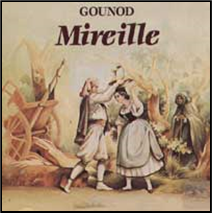 xxxxxIn his future operatic compositions -
xxxxxIn his future operatic compositions - le among this church music were his Solemn Mass of 1849, his oratorios Redemption and Life and Death, his Ave Maria, a meditation for soprano and instruments, based on a prelude by the German composer Johann Sebastian Bach, and his Gallia, a lamentation for soprano, chorus and orchestra, composed following the French defeat in the Franco-
le among this church music were his Solemn Mass of 1849, his oratorios Redemption and Life and Death, his Ave Maria, a meditation for soprano and instruments, based on a prelude by the German composer Johann Sebastian Bach, and his Gallia, a lamentation for soprano, chorus and orchestra, composed following the French defeat in the Franco-
xxxxxGounod had the ability to create music which was full of melody and harmony. Musical ideas, he once said, came to his mind like a flight of butterflies, and he had only to stretch out his hand and catch them. He was also an expert orchestrator and composed well for the voice, and when these gifts came together, as they did in Faust and a number of his sacred pieces, his music had a rare and unforgettable beauty. Certainly his music for Faust, though somewhat lacking perhaps in dramatic effect and characterisation, has a lyrical quality which has delighted audiences all over the world, and continues to do so. For his services to music, he was elected a member of the Institute of France in 1866, and made an officer of the Legion of Honour in 1888.
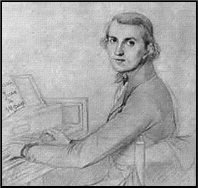
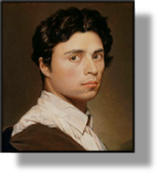 xxxxxIncidentally, while playing the piano during his stay in Rome, the young Gounod was often accompanied by the French neo-
xxxxxIncidentally, while playing the piano during his stay in Rome, the young Gounod was often accompanied by the French neo-
xxxxx…… Gounod taught occasionally at the Paris Conservatory. One of his students in the 1850s was the French composer Georges Bizet. He produced his The Pearl Fishers in 1863 (Vb), and is best known for his opera Carmen, first performed in 1875.
Va-


